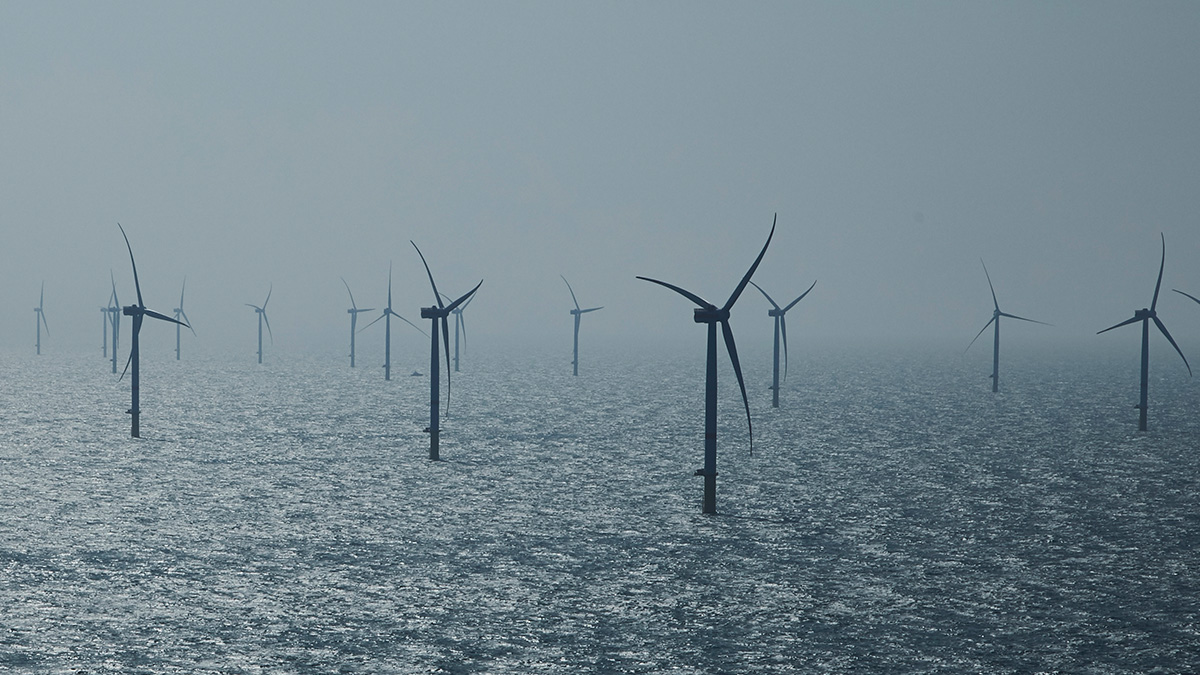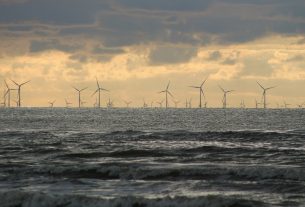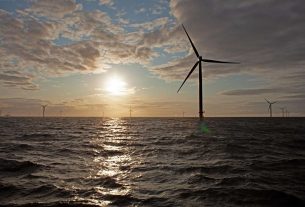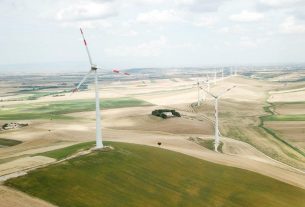Germany – A new Offshore Wind Law was adopted by the German Parliament (WindSeeG). It significantly modifies how Germany’s offshore wind auctions are structured.
It created two distinct auction types, one of which uses negative bidding with no upper limit on developer bids. Uncapped negative bidding results in higher costs for electricity consumers and the supply chain, which is bad. The law also adds some non-price, high-quality criteria to auctions. The Contracts for Difference (CfDs) that were included in the initial proposal were dropped by the Parliament.
A revision of Germany’s offshore wind law (WindSeeG) with significant changes to their offshore wind auction design was approved by the German Parliament last week. The updated scheme will support unlimited negative bidding and qualitative auction criteria. The Contracts for Difference (CfDs) that were included in the initial proposal were dropped by the Parliament.
New auction design
Germany plans to construct 30 GW, 40 GW, and at least 70 GW of offshore wind by 2030, 2035, and 2045, respectively.
An auction system with two tracks is introduced by the WindSeeG. State authorities have conducted a pre-survey of one track auction sites. The alternative track is for undeveloped sites.
- Centrally pre-developed sites
Germany’s upcoming offshore wind auctions are set for June and August of 2023. Both are going to be for centrally located pre-developed sites. The latter will now be sold at auction based on a list of quality standards. An education and training quota, the signing of a power purchase agreement, the use of green electricity and green hydrogen in the manufacture of the wind turbines, biodiversity and nature protection during the installation of the wind turbines, and 40 of the 100 possible points on the bidding price.
In general, WindEurope supports quality standards. They can recognize the value that wind energy adds if they are well-designed. Up until recently, the price (of the electricity they produce) was the only factor, so wind farm developers bidding in auctions concentrated only on lowering the cost of their offshore wind farms.
- Not pre-developed sites
The WindSeeG introduces auctions for these sites that are solely based on price and permit negative bidding. Additionally, the state will not support developers. The right to erect an offshore wind farm will require payment. Furthermore, the amount they can bid to pay is uncapped.
Negative bidding was used in Denmark’s most recent offshore wind auction for the Thor wind farm. For the right to carry out the project, the winner will pay the government €375 million. Germany may now be headed for ruinous cost competition and even higher negative bidding. It is better in the Netherlands. In their most recent offshore wind auctions, they have capped negative bids at €50 million.
Governments might be tempted to use negative bidding to make money. But they must keep in mind that it comes at an additional cost. Additionally, developers must pass these expenses along to someone. In the form of higher energy bills, they either pass them along to consumers. And/or by paying less for their turbines, they pass the savings on to their suppliers.
The last thing consumers want is to experience (even) higher energy costs. Already, energy costs are very high. The five European turbine manufacturers already operate at a loss due to rising material costs and supply chain disruptions, so more cost pressure is the last thing they need. Governments should support Europe’s wind energy supply chain rather than making matters worse. Not the least of which is Germany where the supply chain is heavily concentrated.
Joint projects coordination
Germany, Belgium, Denmark, and the Netherlands agreed to jointly construct 150 GW of offshore wind in the North Sea by 2050 as part of the Esbjerg Declaration. Additionally, to cooperate on international initiatives, hybrid offshore wind farms, energy islands, and marine renewable hydrogen production. It is crucial that nations align their regulatory frameworks in order to accomplish this. New WindSeeG fails to accomplish this.




